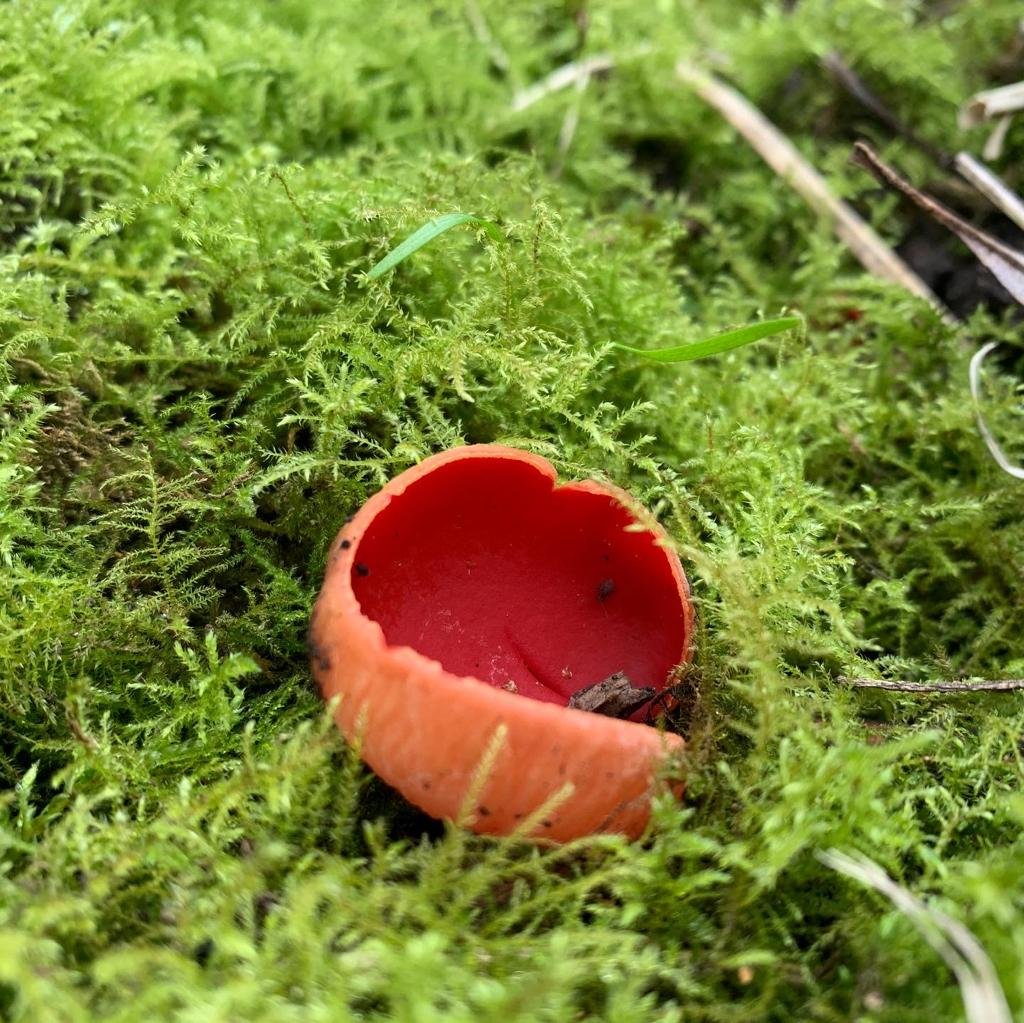Welsh Harp wanderer
Leila Taheri from Friends of the Welsh Harp shares the moment during lockdown when her relationship with the Welsh Harp changed
In retrospect, the tumour-like woody mass protruding from the side of the acorn should have been a clue that something was amiss. I took the unusual find home, along with a trio of acorn cups and the burnt spiky skin of a horse chestnut. I washed and left them in the bathroom while I did a Google search.
It didn’t take long to diagnose. The poor acorn was suffering from that most pernicious of diseases – 'enforced hospitality'. Or, as we say in my culture, tarof. Oaks, I read on the RHS website, are the host plants for more than seventy species of GALL WASP.
My thoughts turned to what might be lurking in the wet brown gall that lay on my old moss-coloured face towel in the bathroom. I shuddered.
My fingers still remember the meeting: the delicate prick of its waspy pincers as I turned its world upside down; its long body sliding over my bathroom cabinet then onto the tiled floor; my frantic slamming of an empty carton of Vita Coco.
Instinctively I killed the emerging creature. I was shook. Up to that point, the Welsh Harp had been a benevolent presence. It was six months into the COVID-19 pandemic, and like many others I had taken to walking there every day. It was my sanctuary. How could it deliver a wasp to me? (Even one I later learnt does not sting humans).
Gallgate left a big impression on me. The reason, I think, is that I came to a new realisation about the nature of the Welsh Harp and my relationship with it.
Yes, it is beautiful and peaceful, but some parts are also littered and neglected. Yes, it is home to herons and swans, but it is also where many other less beautiful creatures exist and thrive. It can be both good and bad, benevolent and nefarious, sanctuary and source of frustration. Perhaps it is at this intersection that it demands our respect and reverence, and we grow as we accept these realities and - in some cases - do something about them.
This intersection also makes the Welsh Harp an explorer’s paradise.
Here you can make personal discoveries of a completely different kind compared to say, the well-manicured garden of a Royal Park.
Like the frogspawn I stumbled on last year in the Bomb Crater Pond, which was my first ever encounter with - as Seamus Heaney memorably described it - “warm thick slobber … like clotted water”.
But the shared discoveries are my favourite. With people like Daniella, who showed me a Scarlet Elf Cup growing bright against a backdrop of a mountain of litter, dotted with human excrement. Or Russell, who pointed out the rune-like trails left by bark-burrowing beetles near my favourite tree couple. And Ben, who took me to the ash with the resident owl. Not to mention the countless other enthusiasts of trees, fungi, insects, history, nature, water and birds.
The Welsh Harp is a complicated and wonderful place where you can have a real adventure, precisely because it is messy, overgrown, wild, and - as I experienced on that balmy September afternoon when I brought home one of its smaller residents - a little bit dangerous.
Just enough to keep you coming back for more.


